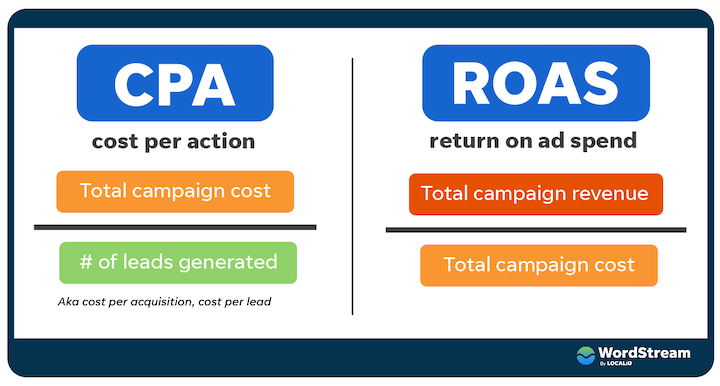A conversion is an action you ask a Google Ads campaign to track. Conversion actions can range from leads on the path to profit (downloading a guide, making a call, filling in a contact form), to a completed sale. Conversion values are the monetary amount that Ads is told to attribute to the completed action that help to track and optimise your campaign’s return on investment (ROI).
It’s possible to track conversions in Google Ads without conversion values, however doing so creates data weaknesses for the ad platform as well as internal reporting.
Setting conversion values, helps Google Ads to know which actions you value most and where to invest the budget because values help to measure and optimise the true business impact of the Ad campaigns more accurately.
If values are assigned to conversions it’s then possible to learn the total value driven by the advertising across different conversions, rather than simply the number of conversions that have happened. It’ll then also be possible to identify and focus on high-value conversions. Each conversion can have the same value or a different one.
While a low CPA (Cost Per Acquisition) is a good thing, businesses will often over-fixate on getting that number as low as possible without factoring in the value of the leads they’re getting. ROAS (return on ad spend) is a more helpful PPC metric than CPA in knowing whether the Ad campaigns are delivering real-world value.

By building in conversion values, Google can become more intelligent about targeting your ideal prospects, especially if there are campaigns that are getting limited by budget but are bringing in low-value leads.
It’s worth taking the time to audit lead sources and see from where the best leads come. Valuing them higher than the average lead will help Google target the best prospects and have the best chance for ROI.
It’s possible to adjust conversion values with conversion value rules. Use conversion value rules to apply a multiplication factor to conversion values for higher value types of customers, devices or locations. You can read more about conversion value rules.
You can also read more about how to calculate conversion values when you’re not using e-commerce, or how to use the Google calculator to value each conversion action.
While it’s not mandatory to use conversion values, they will improve account performance and ROAS if done correctly.
If you want to know more about how the use of conversion values can help your business, please get in touch.
